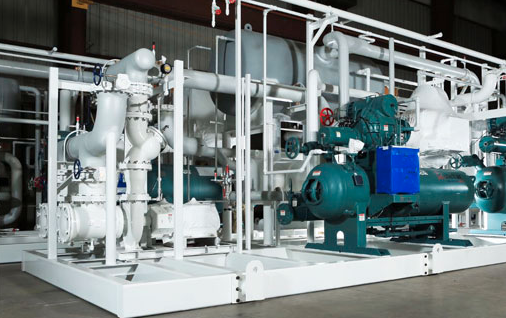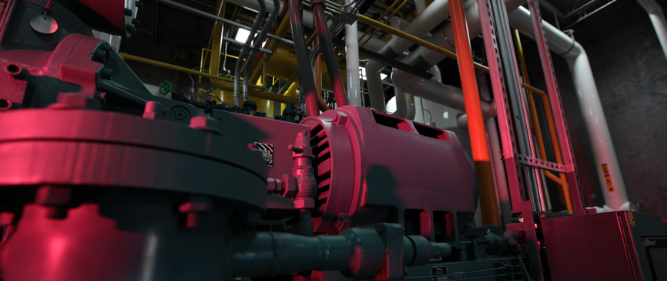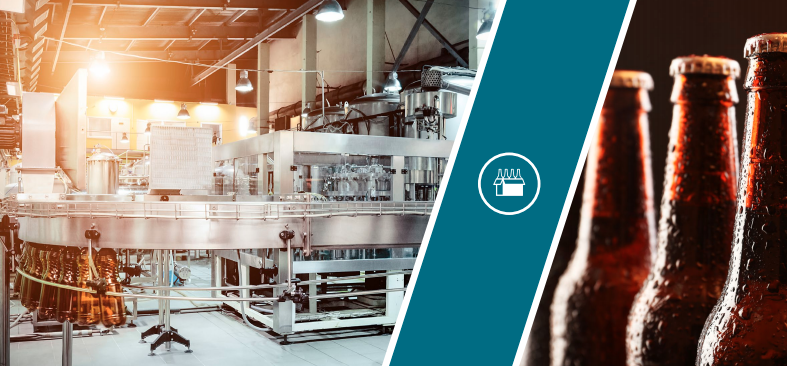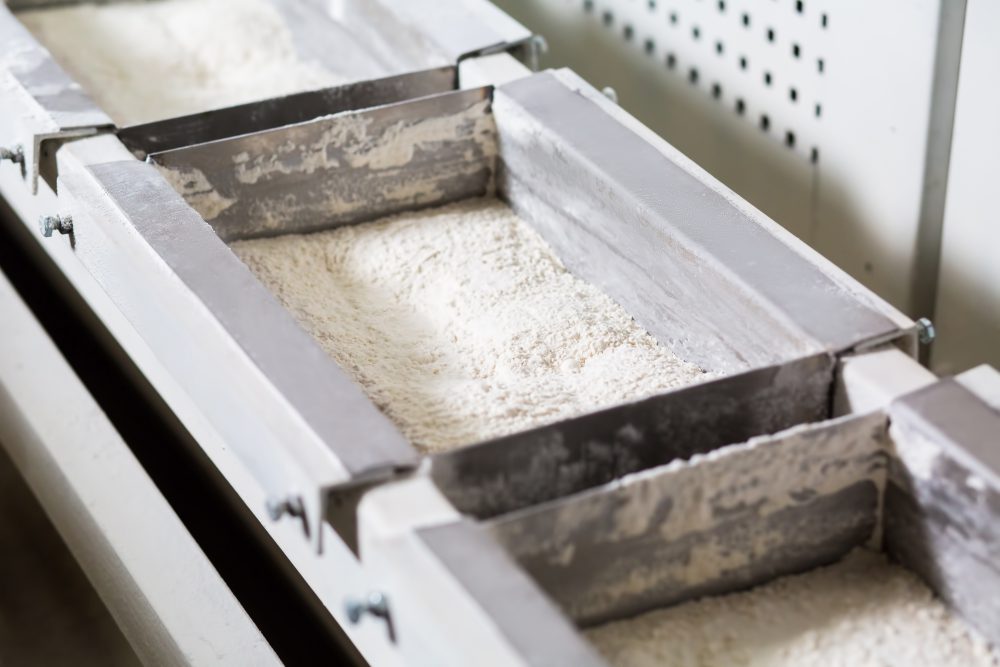Industrial Refrigeration: Your Options as R22 Refrigerant Is Phased Out
This is the last year that R22 can be manufactured in or imported to the United States.
As a reminder, here’s the timeline according to the EPA final rule:
- On January 1, 2018, R22 production dropped 30% from the 2017 supply to 9 million pounds
- On January 1, 2019, production dropped 55% from the 2018 supply to 4 million pounds
- On January 1, 2020, R22 will be phased out completely with no new or imported R22 allowed in the U.S.
If your refrigeration system uses R22, you have some decisions to make — and the clock is ticking.
Continue Reading “Industrial Refrigeration: Your Options as R22 Refrigerant Is Phased Out”




![Maximizing Drone Technology on Food Plant Construction Sites [VIDEO]](https://stellarfoodforthought.net/wp-content/uploads/2019/06/Maximizing-Drone-Technology-on-Food-Plant-Construction-Sites-VIDEO.png)







